Yesterday I touched on this in my blog post. Today I am going to explore it a bit more.
Math is a subject where things build upon each other like a precarious stack of blocks. You have to make sure the base is solid before adding to the tower or it will all fall apart.
This can make math lessons so hard to keep mini because so much depends on the understanding of another skill or concept. So how can you keep the math lesson mini?
Tip One: Create a Unit Overview
During my master’s classes we were really hammered with the concept of “Keeping the end in mind,” from Understanding by Design by Grant Wiggins. While I didn’t use his templates, I did like to think about the standards that would be assessed, the assessment itself, and then worked backwards from there. It just makes sense.
Creating a unit overview made it easier for me to make sure I taught the lessons in an order that made sense, in the practical amount of time/days, and hit all the required standards. It also help me look carefully at the standards to be able to break them in more “bite size pieces.”
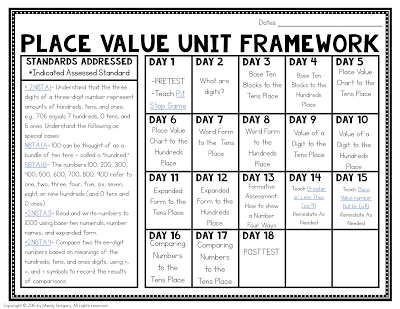
I listed all of the standards in the box on the left and starred the standards that are addressed on the assessment. Then, on the “calendar” on the right side I outline what I would teach each day, making sure I addressed each standard. I also built in days for a pretest and post test for the unit. This pretest and post test is the assessment I used to build the unit around.
I also wanted to make sure to include some days JUST for remediation after administering the formative assessment How to Show a Number Four Ways. Some kids may still struggle with this, so I want to make sure that I have time to really support and extend learning. On those days (as well as the pretest day) I have hyperlinked games that would be perfect for teaching the students. All the linked games are FREE!
This is a huge freebie I found online from
Pedagonet. There are two games (page 9 and page 11) perfect for this place value unit.
This is a freebie I created awhile back. I have updated it. It can be played to the hundreds or thousands place. Click
here to grab it!
Tip Two: Teach a Specific Targeted Skill or Concept
Introduce the grade level skill or concept in whole group.
Give your reasoning for introducing it, or how it can be applied in the real world.
Then, teach the skill which allows for modeling and think aloud, and just a little bit of student practice.
I personally do not look at one mini lesson as a chance for concept mastery. Instead, I look at it as a time for modeling and shared practice. I mean, it is only a few minutes!
You can read more about the Do Do Model (Gradual Release model) in this
post.
Tip Three: Use Your Time Wisely During the Mini Lesson
To keep the mini lesson, well, mini make sure to use your time as wisely as possible.
Instead of allowing all students to have access to math manipulatives, model how to use and apply the learning from the math manipulates. I wrote about why you SHOULDN’T use math manipulatives in whole group lessons
here.
Also, as mentioned above, limit student practice. YES, of course your students should participate in the lesson and practice, BUT when the lesson is only 15-20 minutes long it may not be best for this to be the bulk of the lesson.
Tip Four: Use Student Note Taking Wisely
Requiring students to take notes, even as young as second grade can be very powerful.
I LOVE that quote that the act of writing triggers the brain to pay attention. To capitalize on this with younger students, make sure to provide structured notes.
However, make sure that the act of writing notes does NOT over power the learning. We all know that younger writers can sometimes take a long time- especially when processing what is on the board, finding the corresponding place on their paper, and then writing the notes.
I wanted to make sure that I provided any kind of support I could for my teacher friends so I created a series specifically for helping teachers effectively teach math mini lessons. This first in the series is the
Discovering Place Value pack. I also have a pack on
Exploring Addition strategies, and Exploring Subtraction strategies pack is *thisclose* to being finished!
In the pack are 13 power point lessons (all match the lesson in the
unit overview pictured below).
The power points are all short and to the point- most are about 9-12 slides.
On some slides at the very top is a “Learn It” arrow, like the one pictured in the slide below. This is a signal to both the student and teacher that this information is included in the notes page.
For every lesson, a half-page sheet is provided for student notes. This is perfect for the left side of students’ interactive notebooks. The notes are short and just cover the MOST important points in the lesson. These are perfect for students to later reference.
The power point slide in each lesson is a short “check in.” Students can try it alone or in pairs. Then, you can go over the slide and students can make an corrections.
After the lesson, students can complete a SIMPLE flip flap book to apply the introduced skill. These are great a quick, formative quick in to help form guided math groups the next day.
AHHH! How will I ever fit it all in?
Most likely, you won’t. Not to be a pessimist, but I am trying to be a realist. I had an extremely difficult time fitting it all in when just teaching mini lessons in math.
One way that I have “combated” this is to not do math workshop and a mini lesson EVERY day. You may want to reserve one or two days a week for whole group instruction.
I organized my math block differently every year. Some years I did whole group instruction on Monday and then mini lessons and small groups Tues through Friday. Other years I did whole group Mondays and Fridays and small groups Tues- Thurs. Other years, when I had multiple adults in the room do to push in inclusion we did small groups EVERY day and only did whole group as needed. I did find that when I taught third grade, it was hard to teach math mini lesson EVERY day and sometimes I did have to do whole group.
I also found that some years my approach worked great…and others not so much, so I had to make changes (like the ones listed above). Being flexible is always key when meeting the needs of your students.
Do you have any tips to keep the math mini lesson mini?
My NEXT blog post is going to be those tricky small group lessons. How can your small groups meet the needs of ALL your needs and not just your struggling learners? I will address that next!
Click here for this great pack of FREE math centers, plus get tips and updates from me!
Mandy Gregory is a 2007 and 2012 Teacher of the Year. She has taught Kindergarten- 4th grades in both the general education and inclusion settings. She is currently a 1st grade Special Education teacher. She is the owner and creator of Mandy’s Tips for Teachers website (www.mandystipsforteachers.com) and has over 13 years of teaching experience. She is married with two beautiful children.



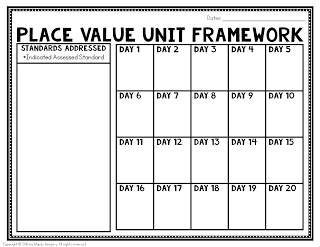


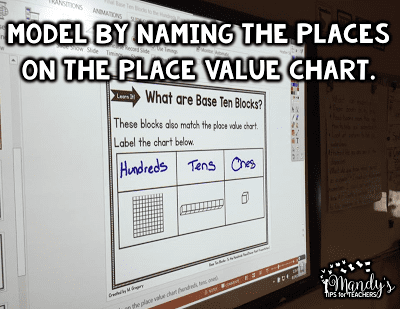
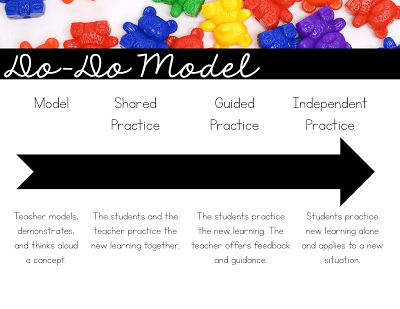
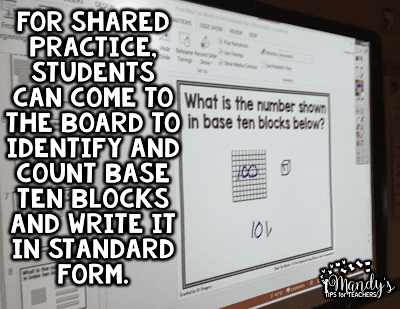



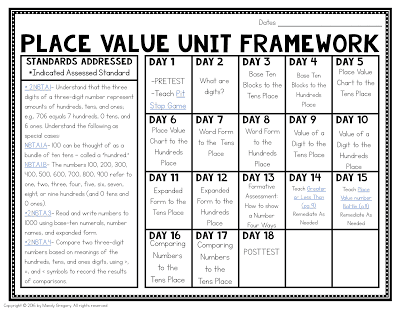
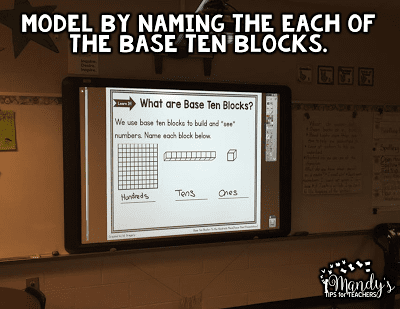



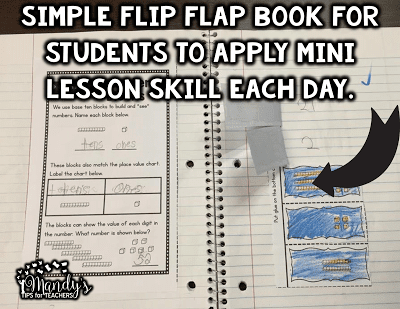
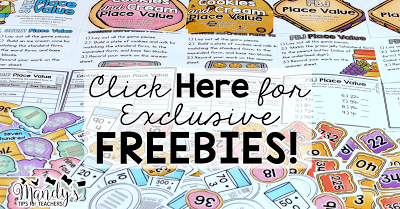
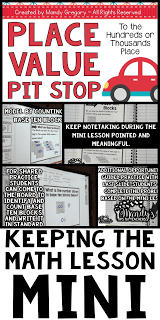



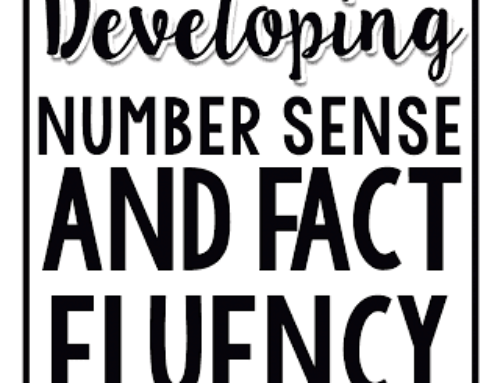

The link to your free unit overview is broken.
Thanks so much for letting me know, Anne! I have no idea what happened! It should be fixed now!